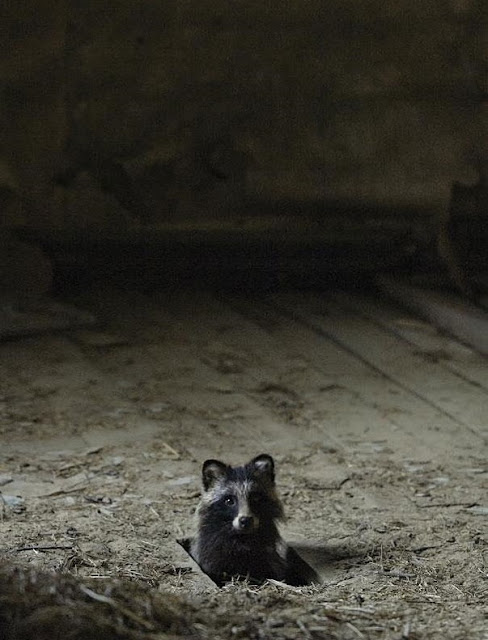The correct usage of the word vintage must be used with a year.
So in common use, the undated term describes something that is old enough to be in fashion again.
These hand embroidered small towels are vintage between 1940 and 1950.
They are all in very good condition. On a couple are tiny blemishes from age. To me this does not matter it adds to their charm.
I love the idea that someone has taken the time to produce small every day items of beauty. I use them as placemats, randomly never the same colours together. They add old world chic to a table setting.
Beautifully hand embroidered, appliqué technic and crochet border.
White and yellow embroidered and crochet.
A French armoire with home linens arranged in a traditional manner,
with embroidered dust covers over the shelves.
The first known household linens were made from thin yarn spun from flax fibres to make linen cloth.
Ancient Egypt, Babylon, and Phoenicia all cultivated flax crops. The earliest surviving fragments of linen cloth have been found in Egyptian tombs and date to 4000 BCE. Flax fibres have been found in cloth fragments in Europe that date to the Neolithic prehistoric age.
Cotton is another popular fiber for making household linens. Its use in cloth-making dates back to prehistoric times, in India, China, Peru and Egypt.
India was well known for high quality cotton cloth as early as 1500 BC. Linen was an especially popular cloth during the Middle Ages in Europe, and the tradition of calling household fabric goods "linens" dates from this period.
According to Medieval tradition, which survived up until the modern era, a bride would often be given a gift of linens made by the women in her family as a wedding present, to help her set up her new married home.
In France this was called a trousseau, and was often presented to the bride in a wooden hope chest.
The Industrial Revolution brought changes to cloth manufacturing. The rise of European colonialism at the same time helped support the rapid growth of cloth production by creating many cheap sources of raw materials.
British cloth manufacturers would import raw cotton from America and the British West Indies to Ireland, where it would be spun into yarn. The yarn would be imported into England, where mechanized factories employed thousands of workers, who would weave cloth on industrial looms. In 1781, a cloth producer from Manchester testified about his business to a committee of the House of Commons in the British Parliament. He stated that he employed 6000 workers, who would print and stamp 60,000 yards of cotton and linen fabric a year. Other European countries manufactured and traded their own types of household linens as well, and mass manufacturing techniques and trade competition gradually made affordable household linens common.
©Photos/Text Ts
Some excerpts courtesy Wikipedia























